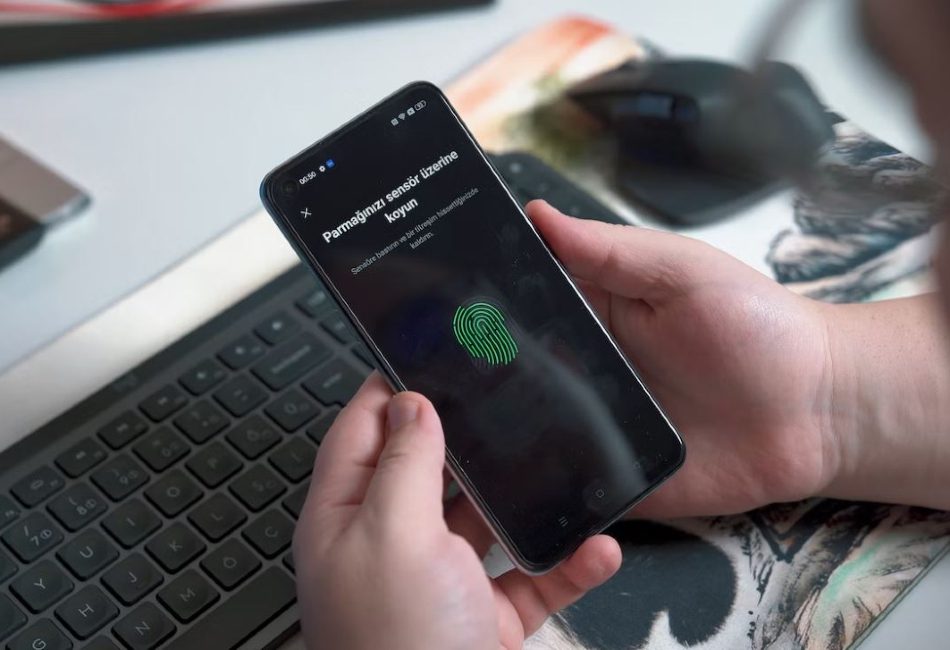Security in the digital world is like a game of cat and mouse. As fast as technologists can devise new methods to secure our data, malicious actors find ways to break through. In this ever-evolving landscape, one solution has shown significant promise: biometric authentication.
Biometric authentication refers to security processes that verify or recognize an individual based on their unique biological traits or characteristics. These can include fingerprints, facial patterns, iris configurations, and even the manner in which a person walks or speaks.
But how does biometric authentication enhance security, and what potential does it hold for the future? This is a question that’s currently exciting the worlds of tech and cybersecurity, and it’s a topic you might find cropping up in your IT or Computer Science coursework. As we delve into biometric authentication, remember the principles and concepts aren’t as complex as they may first seem. Coursework writing, like any form of learning, is all about breaking down concepts and understanding them one step at a time. Let’s now dive deeper into the topic of biometrics!
Understanding Biometric Authentication
Biometric authentication is grounded in the principle that every person is unique. To understand this technology, let’s take a closer look at the two main types of biometrics: physiological and behavioral.
Physiological biometrics are based on the physical attributes of a person. This can include fingerprints, iris and retina patterns, facial recognition, and even vein patterns. These characteristics are unique to each individual and remain relatively constant throughout a person’s life, making them a robust form of authentication.
On the other hand, behavioral biometrics focuses on the unique ways in which individuals act. This can include signature patterns, keystroke dynamics, voice recognition, and gait analysis. While these may be slightly more variable, their uniqueness to an individual makes them a potent tool in biometric authentication.
The use of these unique traits provides a significant advantage over traditional authentication methods such as passwords or security questions. Biometrics are incredibly hard to fake, lose, or forget, making them a superior choice for secure authentication.

Enhancing Security with Biometrics
So, how does biometrics enhance security? The key lies in their uniqueness and difficulty in replicating.
Consider passwords, for instance. They can be forgotten, guessed, or even stolen, leading to potential security breaches. Biometrics, however, are always with the person and are distinct to them, reducing the risk of unauthorized access.
Also, biometric systems typically employ liveness detection, which ensures that the biometric being presented is from the rightful user and not a fake or stolen sample. This could involve detecting a pulse in a fingerprint, the movement of an eye, or the natural motion in a person’s walk.
Moreover, with advancements in technology, biometric authentication systems are becoming more sophisticated and accurate. They can detect minute differences in biometric data and employ machine learning algorithms to continually improve their accuracy, further enhancing their security.
The Future of Biometric Authentication
With its numerous advantages, biometric authentication seems set to play an integral role in the future of digital security. But what might this future look like?
One possibility is multimodal biometric systems. These systems combine two or more biometric modalities, like facial recognition and fingerprint scanning, to provide even more secure authentication. This multi-layered approach can further decrease the chance of false positives or negatives, providing superior security.
Also, with the advent of Internet of Things (IoT) devices, biometric authentication could become commonplace in our everyday lives. From smart locks that open with a fingerprint to car ignitions that start with a facial scan, the applications are endless.
However, it’s important to remember that, as with all technologies, biometric authentication comes with its own set of challenges. Privacy concerns, potential errors, and the risk of biometric data breaches are all issues that need to be addressed as we move toward a biometric future.
Biometric Authentication in Real Life
Now, let’s transition from theoretical to practical and examine where we already encounter biometric authentication in our daily lives.
The first and perhaps most obvious instance is – smartphones. Modern smartphones come equipped with a range of biometric authentication features. From fingerprint sensors to facial recognition technology, biometrics has become an integral part of our mobile experience, helping us protect our personal data and simplify access to our digital lives.
Another increasingly common usage of biometric authentication is in airport security. Many international airports now use facial recognition technology to speed up the immigration and boarding processes while maintaining high-security levels. By comparing the facial images captured at the airport with the ones stored in their database, immigration officers can quickly and accurately confirm a passenger’s identity.
Yet another use case for biometric authentication is in banking and finance. Many banks are now offering biometric options for customer identification, like fingerprint scanning or voice recognition, to access banking services. This not only enhances security but also improves customer experience by providing a convenient and quick way to authenticate.
The Challenges and Concerns
Despite the numerous benefits of biometric authentication, it’s important to remember that it’s not a perfect solution. Like any technology, it comes with its own set of challenges and concerns.
One of the main challenges is the potential for false rejections or false acceptances. False rejections occur when a system incorrectly denies access to an authorized user, while false acceptances happen when an unauthorized user is incorrectly granted access. Although the error rates for these issues are typically low, they still represent a significant concern.
Furthermore, privacy and data security are major issues. Biometric data is incredibly sensitive and personal. Therefore, how it’s stored, used, and protected is of utmost importance. If a password is stolen, you can change it. But what happens if your biometric data is compromised? This question underscores the need for stringent data protection measures for biometrics.
Final Thoughts
Exploring biometric authentication reveals a fascinating intersection of biology, technology, and security. As we continue to search for secure, user-friendly authentication methods, biometrics seems set to play an increasingly important role.
So, the next time you sit down to tackle that IT coursework writing task or ponder the future of cybersecurity, consider biometrics. With its blend of unique biological traits and cutting-edge technology, it’s a field ripe with potential and ready to reshape how we think about security. Stay curious, keep exploring, and remember, in a world of digital sameness, being unique is your greatest strength.

